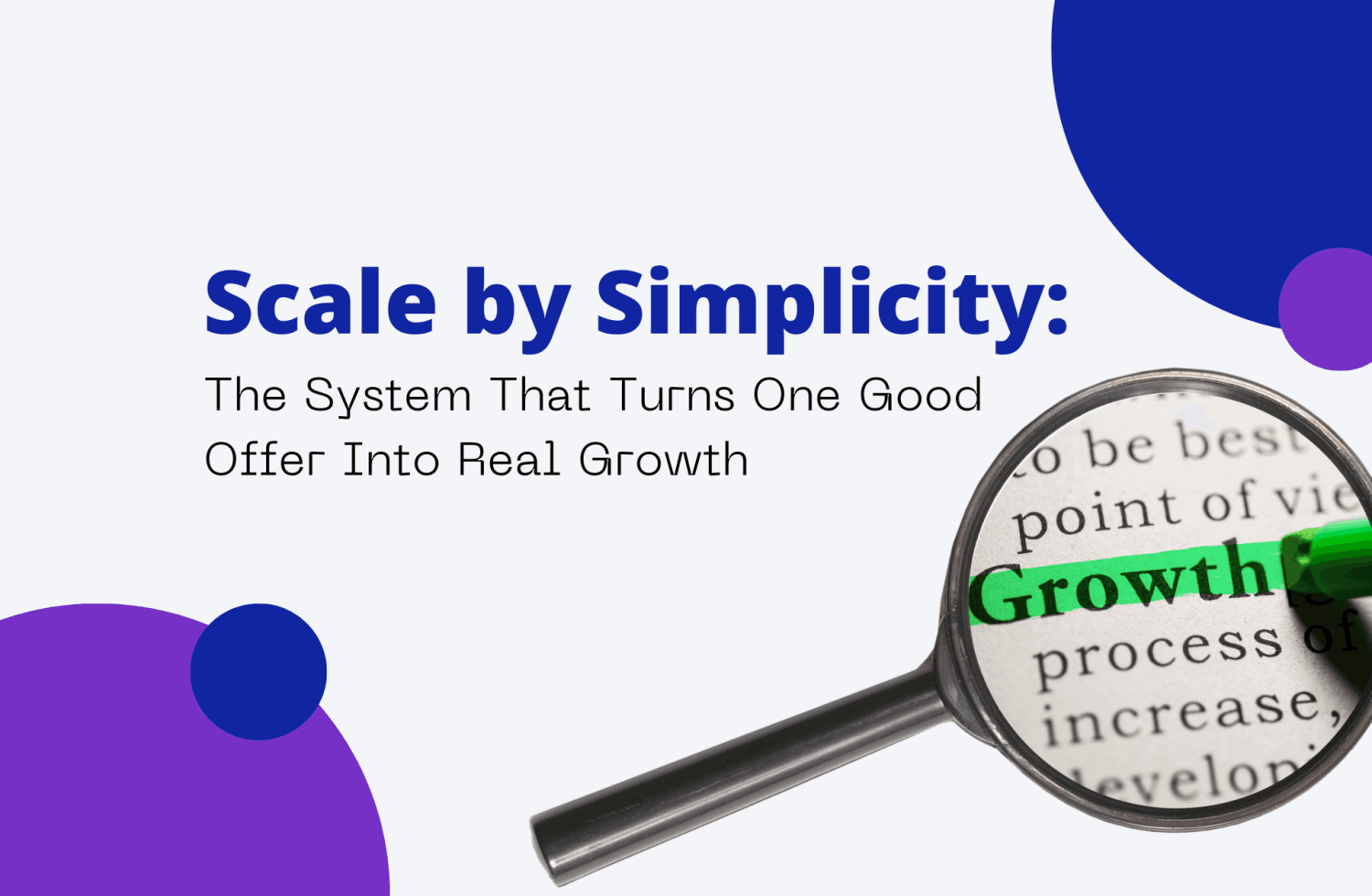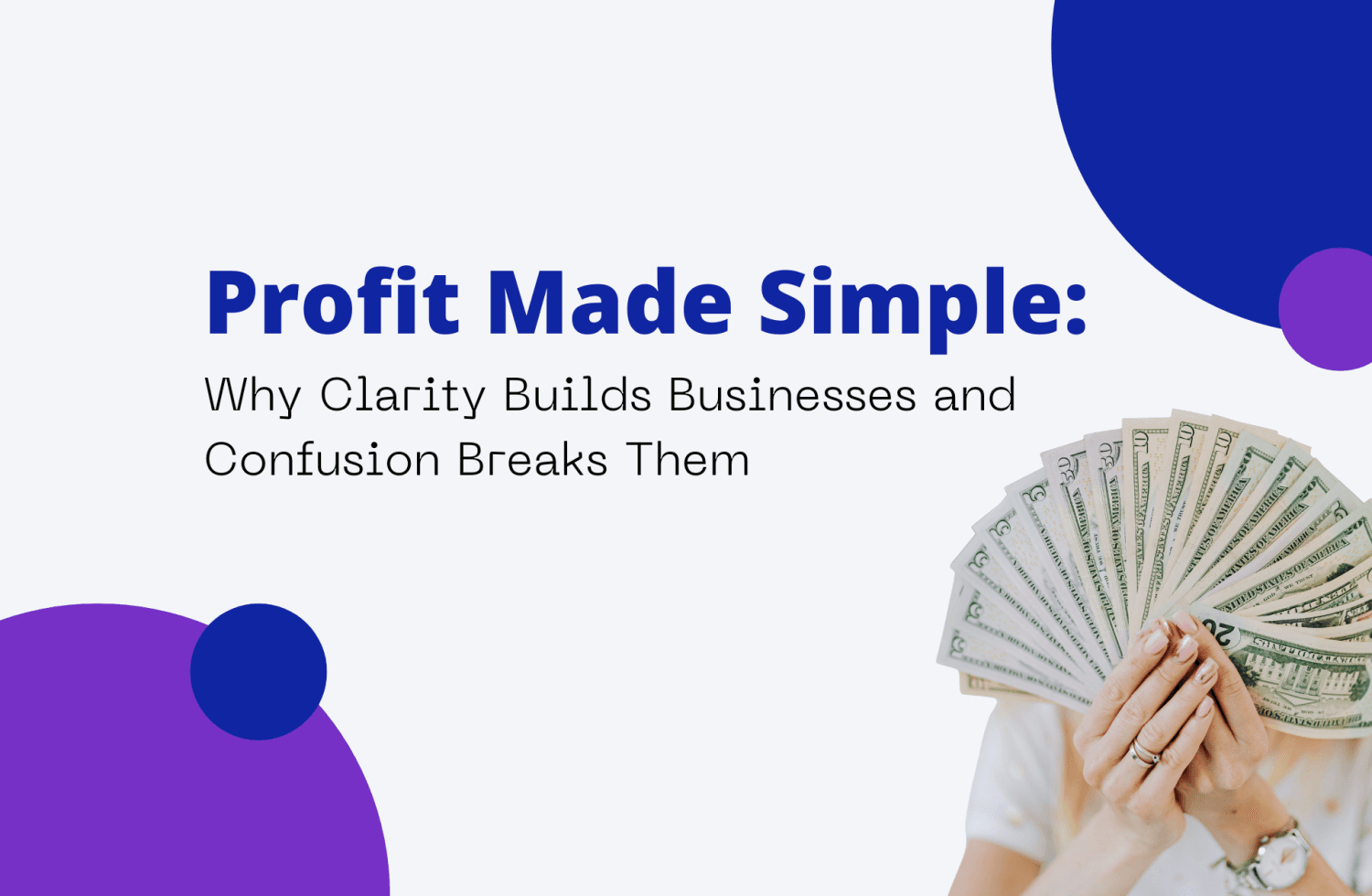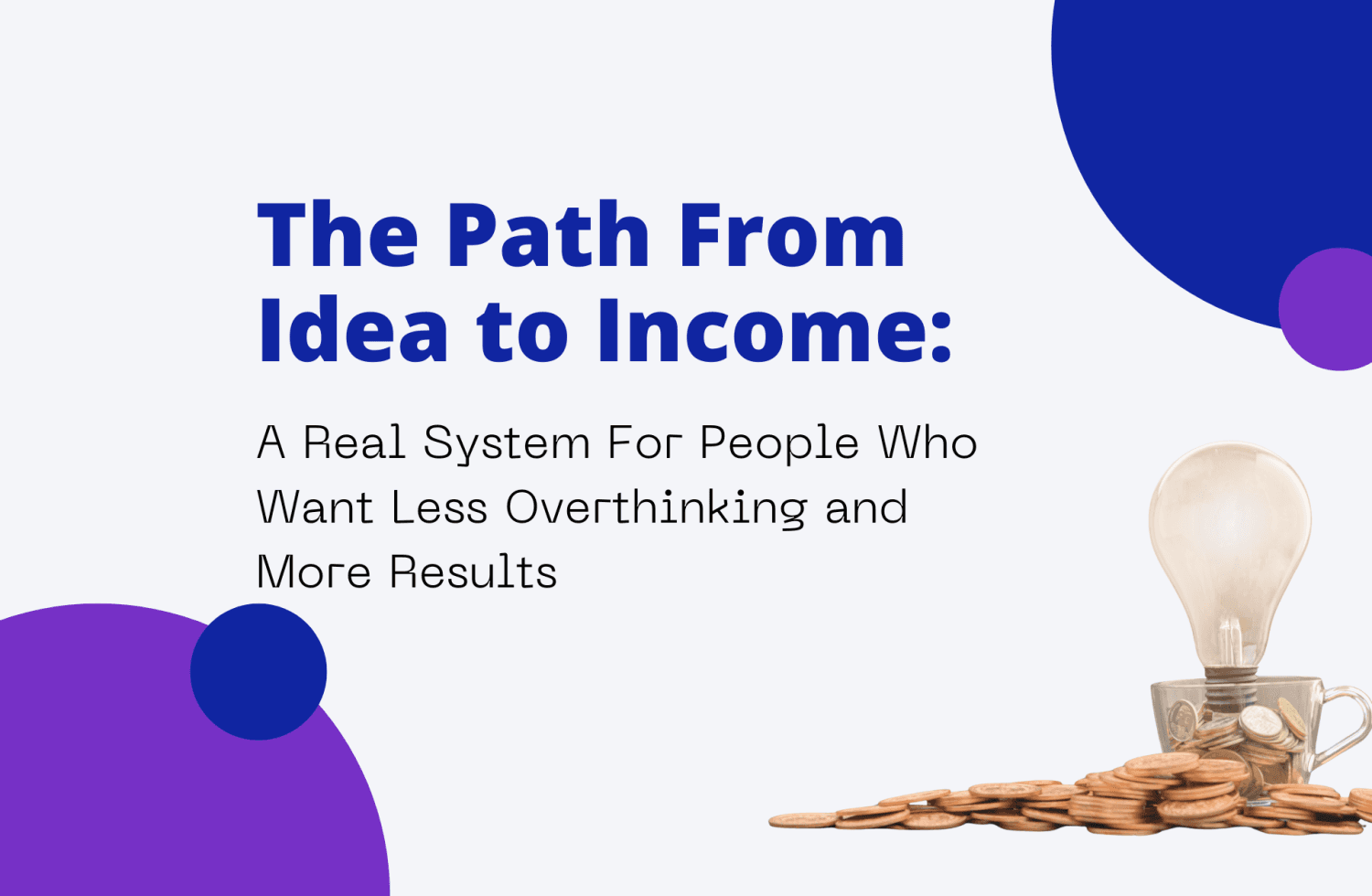Click Here to Download the PDF
If you’ve ever felt like your sales messages are disappearing into the void—emails unopened, replies drying up, calls politely declined—you’re not alone.
Many people believe the answer is to push harder: send more emails, add more urgency, pile on more reminders.
But that approach usually backfires.
The harder you push, the faster people pull away.
The truth is, selling more isn’t about pressing harder—it’s about showing up smarter.
The strongest sales don’t feel like sales at all.
They feel like clarity.
They feel like help that arrives exactly when it’s needed.
That’s what people remember and respond to.
This article breaks down a practical system for selling without pressure—using 10 simple wins and 5 smarter approaches—and shows you how to make them real with authentic workplace examples.
Along the way, we’ll look at research-backed insights, tools, and resources that prove you don’t need to force outcomes to create results.
10 Easy Wins to Sell Without Pressure
1. Show Proof From Real People
People believe people.
No amount of polished slides can compete with a story that feels real and relatable.
Social proof is one of the strongest forces in decision-making, and it works best when it’s simple and specific.
Workplace example:
A software team spent months talking about features on their website.
But sign-ups stalled because buyers couldn’t see how it played out in real life.
Every call ended with, “We’ll think about it.”
Frustrated, the team stopped talking about features and started sharing what they called “one-slide proof stories.”
Each story included: who the customer was, the problem they faced, the one small step they took, and the result they achieved within 30 days.
They added screenshots from dashboards as evidence.
Suddenly, sign-ups picked up.
Prospects no longer had to imagine the outcome—they could see it.
Action step:
Replace one feature list in your pitch deck or website with a customer story. Keep it specific, short, and visual.
2. Make the Next Step Simple
People want clarity, not endless choice.
When you make the next step too complicated—too many buttons, too many packages, too many “maybes”—they do nothing.
Workplace example:
A coaching business offered four packages, a free webinar, and a newsletter all on the same landing page.
Prospects froze. Instead of feeling like options, the clutter created stress.
The business cut it down to two paths: “Start with the $99 quick win” or “Watch a 2-minute demo.”
That one change cut decision fatigue and made the path forward obvious.
Sales improved, not because they shouted louder, but because they made it easier to act.
Action step:
Look at your website or proposal.
If there are more than two possible actions, simplify.
Offer one primary button and one secondary option.
3. Teach Something First
People tune out when they sense a pitch is coming.
But when they learn something useful right away, they lean in.
Teaching before selling creates trust and builds credibility.
Workplace example:
A consultant noticed open rates on their cold emails were dropping.
The emails were loaded with pitch language, and people tuned out.
Instead, they began sending short, 90-second videos that explained how to solve a common industry problem.
The email ended with: “Want the one-page starter?”
Not only did open rates go up, but replies doubled.
Prospects appreciated learning something valuable before being asked for anything.
Action step:
Before you ask for time or money, give away a quick, useful tip that solves a small problem.
4. Give a Small Freebie
Reciprocity works.
When you give people something practical for free, they’re far more likely to engage with you later.
Workplace example:
A marketing agency struggled to get prospects to reply.
They began offering a simple one-page audit template—a free tool that anyone could use right away.
Not only did people respond, but many asked for a follow-up session to walk through the template in detail.
That one small freebie opened the door to bigger conversations.
Action step:
Create one free checklist, guide, or starter that people can use immediately. It doesn’t need to be big—it just needs to work.
5. Let Them Talk More
Sales isn’t about delivering a speech—it’s about listening.
When people feel heard, they buy.
Workplace example:
A team realized their demos were one-sided.
The reps were doing most of the talking, leaving prospects passive and disengaged.
They switched to asking four future-focused questions:
“What does a good month look like? What’s blocking that now? If nothing changes, what breaks in 90 days? If we solved one thing first, what would that unlock?”
Prospects began to open up.
Calls shifted from monologues to conversations, and deals closed faster because buyers felt understood.
Action step:
Aim for a 60/40 ratio—buyers talking 60% of the time, you only 40%.
6. Keep It Casual
Over-formality can kill a good conversation.
People want to feel like they’re talking to a person, not a legal department.
Workplace example:
A consulting firm’s proposals were long, jargon-heavy, and intimidating.
Prospects hesitated.
The firm reworked them into shorter, more casual notes:
“Here’s what we’d do in 30 days. Want a one-page outline?”
The change made conversations easier and far more productive.
Action step:
Re-read your last email or proposal. If it sounds stiff, rewrite it in plain, conversational language.
7. Share a Quick Story
Facts are forgotten, stories are remembered.
Workplace example:
A SaaS company leaned heavily on feature lists, but prospects weren’t impressed.
They began telling quick, 60-second stories:
“A team like yours was stuck at [X]. They tried [small step]. In two weeks, they achieved [specific result].”
Paired with a quote and a screenshot, the story did what features couldn’t—it made the benefit real.
Action step:
Create three short stories from past customers. Keep each under a minute to tell, and use them in conversations.
8. Use Honest Urgency
Deadlines drive decisions, but only if they’re real.
Workplace example:
A training company lost deals to endless “maybe next month.”
They introduced actual urgency: “We have two onboarding slots left this quarter.”
They showed a live calendar as proof. It wasn’t pushy—it was factual.
Suddenly, buyers stopped delaying, and decisions were made sooner.
Action step:
If you have genuine limits—capacity, deadlines, or availability—share them clearly. Avoid false pressure.
9. Ask Questions That Matter
Surface-level questions don’t build trust.
Good questions reveal the problems that truly matter.
Workplace example:
A sales team realized their discovery calls weren’t going anywhere.
Proposals missed the mark, and follow-ups were ignored.
They reframed their questions to dig into impact:
“What would it mean if this problem was solved in 30 days? What would it cost if nothing changes in the next quarter?”
By focusing on impact, not just surface issues, they finally uncovered what buyers valued most.
Action step:
Replace “What’s your budget?” with questions that explore the cost of inaction and the impact of change.
10. Still Give Value If They Say No
A no today isn’t a no forever—if you leave the door open.
Workplace example:
A rep used to walk away after a no.
Now, they send a short resource—like a DIY template—related to the problem discussed.
A month later, they check in:
“Did this save you time?”
Some leads re-engaged, not because they were pressured, but because they appreciated the ongoing help.
Action step:
Have one resource ready to send after a no. It keeps the relationship alive without forcing the issue.
5 Smarter Approaches for the Right Moment
Timing matters as much as the message. Here’s how to tailor your approach to the situation:
- New + small: Share one helpful tip, then ask if they want a starter.
- Warm + small: Send a short reminder with only two options: start now or see an example.
- Warm + big: Talk goals together, plan one milestone, and give them something to take back to their team.
- New + big: Show, don’t push. Record a 3-minute demo. End with: “Want me to set up a free sandbox?”
- Best overall: Stay flexible. Offer both digital self-serve and human help. Research shows this hybrid approach matches how most buyers want to buy today.
The Gentle Sales System in Action
When you combine the easy wins with the smart approaches, you get a system that feels natural.
You’re not forcing people into decisions—they’re moving forward because it makes sense.
The difference is clear: instead of pushing harder, you’re creating conditions where the right choice feels easy.
The Best Resources to Go Deeper
- Book: Influence: The Psychology of Persuasion (New & Expanded) by Robert Cialdini. The gold standard on why people say yes, updated for today’s world.
- TED Talk: “How Great Leaders Inspire Action” by Simon Sinek. A top TED Talk that reframes influence around clarity and purpose.
- Podcast: The Salesman.com Podcast by Will Barron. One of the most downloaded B2B sales podcasts, packed with practical advice.
- AI Tool: Gong. A leading conversation intelligence platform that helps teams listen more, talk less, and learn what actually works.
- Tool: Calendly. A scheduling tool used by millions that eliminates back-and-forth and makes the next step effortless.
- Movie: Moneyball (dir. Bennett Miller). A story of how data and smarter decisions outperformed raw effort and tradition.
Respect Over Pressure
At the center of every great sale is not a pitch—it’s a person.
Too often, selling has been framed as a contest of persistence: whoever pushes hardest, follows up the most, or creates the most urgency wins.
But the reality is very different.
Buyers today are informed, independent, and flooded with options.
They don’t need more noise.
What they need is clarity, respect, and the assurance that the decision they are making is the right one for them.
Respect begins with listening.
When you give people the space to talk about their goals, their fears, and the obstacles standing in their way, you are no longer just a salesperson—you are a partner in problem-solving.
And partnership is where trust is built.
Selling smarter means asking better questions, waiting for the answers, and shaping the conversation around what actually matters to them, not what’s easiest for you to pitch.
Respect also shows up in how you design the path forward.
Every extra click, every hidden fee, every confusing option adds friction.
Every time you cut that friction, you prove that you value their time as much as your own.
That kind of respect makes decisions feel lighter. It transforms the act of buying from a burden into progress.
And perhaps the most overlooked form of respect is what you do when the answer is no.
Walking away at that point is easy.
But continuing to add value—even when there’s nothing in it for you—creates a different kind of impression.
It says, “I see you. I respect where you are right now. And I’ll be here when the timing is right.”
That’s not just a sales move; it’s a human move.
And it’s the kind of thing people remember.
Selling smarter is not about tricking people or reducing them to data points.
It’s about acknowledging that every buyer is a human being with pressures, priorities, and a limited amount of energy.
It’s about making things easier, not harder.
It’s about making choices clearer, not more confusing.
And it’s about showing up in a way that feels helpful instead of forceful.
When sales feel like help, not pressure, something powerful happens.
The relationship changes.
Buyers feel safe, understood, and respected.
They’re not just saying yes to your product—they’re saying yes to you, to the way you work, and to the belief that this decision will actually make their lives better.
The shift from pushing harder to selling smarter is not just the future of sales—it’s the standard people now expect.
Those who understand that will close more deals, build stronger relationships, and leave lasting impressions that go far beyond the transaction.
Those who don’t will keep pushing, only to watch opportunities slip away.
The choice is simple.
Respect over pressure.
Listening over lecturing.
Clarity over confusion.
If you can commit to those, you’ll discover that selling doesn’t have to feel like selling at all.
It feels like helping. And that is the kind of work that lasts.
Download the Infographic
Want a visual version of this playbook?
Download the full infographic “Earn From Your Ideas: How to Turn Your Ideas Into Sales” as a PDF and keep it handy as a quick reference for your team.




